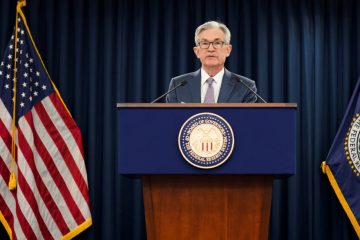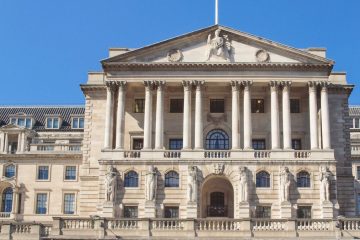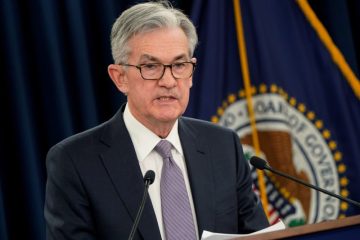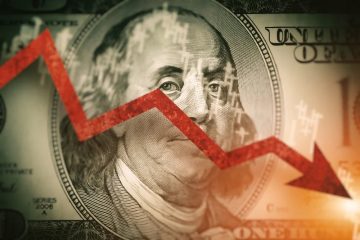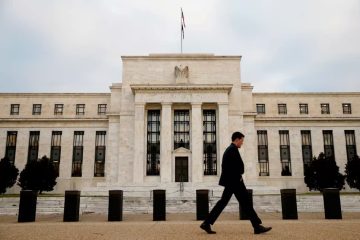Why the Fed won’t cut rates with other central banks
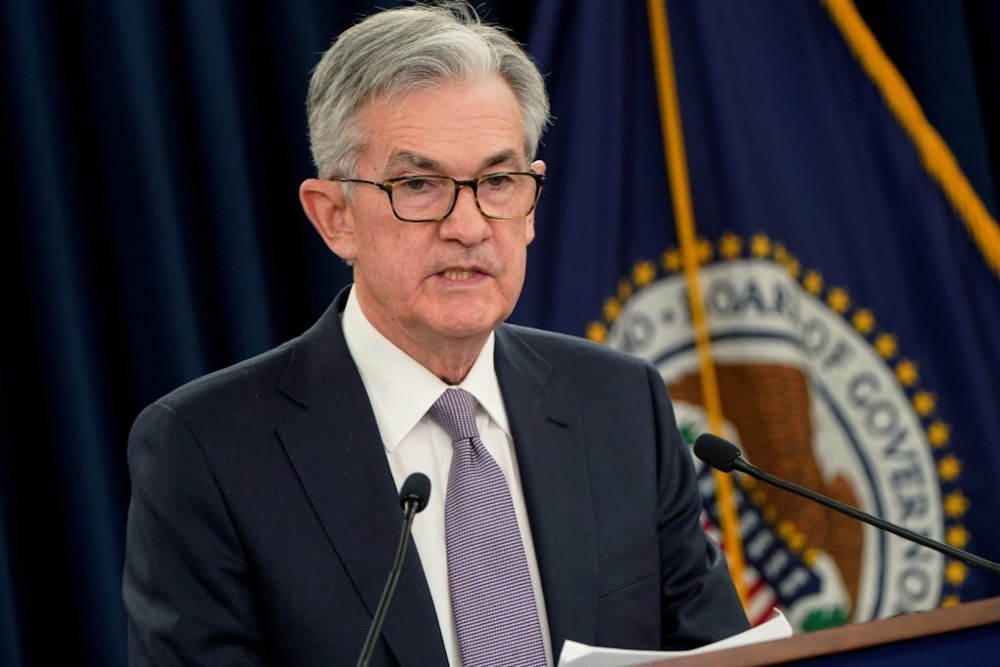
Federal Reserve Chair Jerome Powell downplayed any perceptions on Wednesday that the central bank was anticipating a need to mitigate economic weakness stemming from President Trump’s tariffs through rate cuts. During a news conference, he employed various iterations of the term “wait” on 22 occasions to emphasize the Fed’s lack of urgency. “The costs of waiting to see further are fairly low, we think, so that’s what we’re doing,” Powell stated. Powell’s remarks, made following the Federal Reserve’s decision to maintain its current stance on interest rates, highlighted the extent to which Trump’s erratic trade declarations have created a divergence in monetary policy between the United States and other affluent nations.
The rationale behind the divergence is clear-cut. Other economies have not enacted significant tax hikes on imported goods. Consequently, they are observing the impacts of diminishing demand and declining labor markets, yet without the complications of elevated prices that Federal Reserve policymakers may contend with later this year. Furthermore, given that the economy has recently endured a tumultuous phase of elevated inflation, Federal Reserve officials are cautious about the prospect of pre-emptively lowering interest rates to bolster a deceleration in hiring, as this could exacerbate immediate price pressures.
This contrasts with 2019, when the Fed implemented three rate cuts to bolster the economy amid declining sentiment following Trump’s initial trade conflict with China. “It’s not a situation where we can be pre-emptive because we actually don’t know what the right response to the data will be until we see more data,” Powell stated on Wednesday. The conclusion is that the Fed occupies a distinct stance compared to its counterparts in Europe, Canada, and the U.K. Powell indicated that the Federal Reserve might implement cuts—potentially in a timely manner—only upon observing clear signs of a significant economic slowdown.
The Federal Reserve reduced its benchmark short-term interest rate by 1 percentage point in the latter half of 2024, coinciding with a decrease in inflation and a rise in the unemployment rate. The federal-funds rate has been maintained at approximately 4.3% since December. The European Central Bank has reduced its benchmark rate seven times over the past year, totaling a decrease of 1.75 percentage points, bringing it to 2.25% last month. Investors and economists anticipate that the Bank of England will reduce its benchmark rate, presently at 4.5%, by a minimum of a quarter-point on Thursday. Since last summer, there have been three reductions of a quarter-point.
In Europe, “their economy wasn’t particularly strong to start with, so they have even more runway to just worry about the effects on growth,” said Neil Dutta, head of economic research at Renaissance Macro Research. In the lead-up to the ECB’s rate reduction last month, Trump expressed strong disapproval of Powell’s perceived sluggishness in implementing rate cuts. He stated that the Federal Reserve ought to emulate the approach taken by the European Central Bank.
Trump’s frustration over differing courses by the Fed and the ECB suggests that “no one has told him that tariffs affect them differently than they do us, because they don’t have to worry about the inflation consequence of the tariff. The Fed does,” stated Dutta. Some Fed officials have highlighted concerns that cutting rates to pre-empt economic weakness could amplify price pressures in the short run. Just before the European Central Bank’s rate cut last month, President Trump suggested the Federal Reserve should follow Europe’s example. For the Fed to cut, “we’re just waiting for companies to lay people off,” said Dutta. He said he feared tariff-induced inflation risks had made the Fed too complacent about risks to the labor market.
Economists at JPMorgan Chase expect the Fed to cut in September. Goldman Sachs thinks the Fed will lower rates three times this year beginning in July. They see the ECB continuing to cut rates in quarter-point increments through September, which would leave its target rate at 1.5%. Inflation was 2.2% in April for the euro area. It was 2.3% in the U.S. in March. The ECB and the Fed target 2% inflation.
Jan Hatzius, Goldman’s chief economist, said it’s possible the ECB will cut even more than the bank forecasts because U.S. tariffs on China could lead to a larger glut of exports from China to Europe. That could reduce European core inflation, which excludes volatile food and energy prices, by 0.5 percentage point. “That’s a pretty big number because it is sort of the difference between being moderately above 2% and being moderately below 2%,” he said. If inflation in Europe ends up running below 2%, “then you could persuade a lot of the hawkish members of the committee…to deliver more cuts.”


